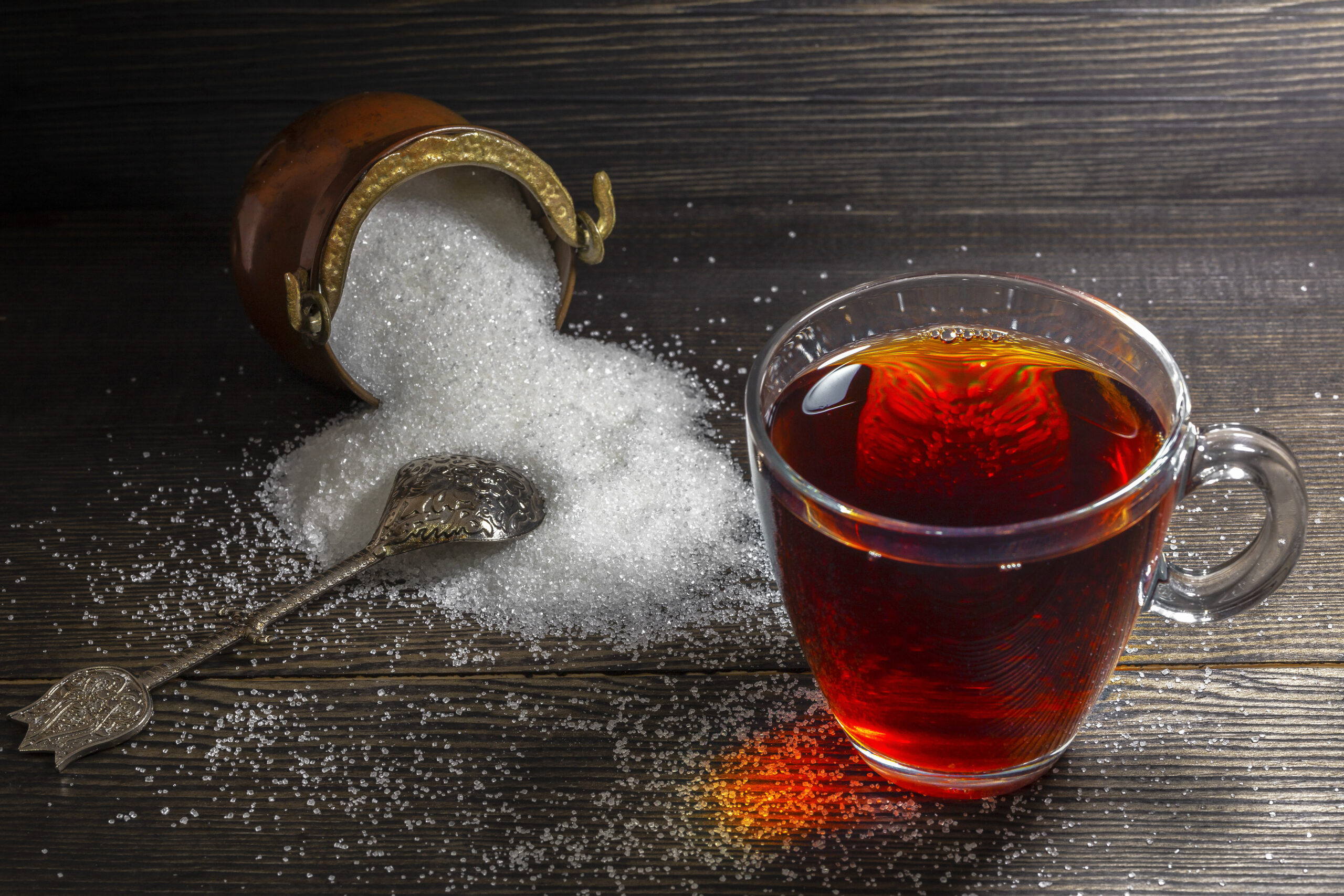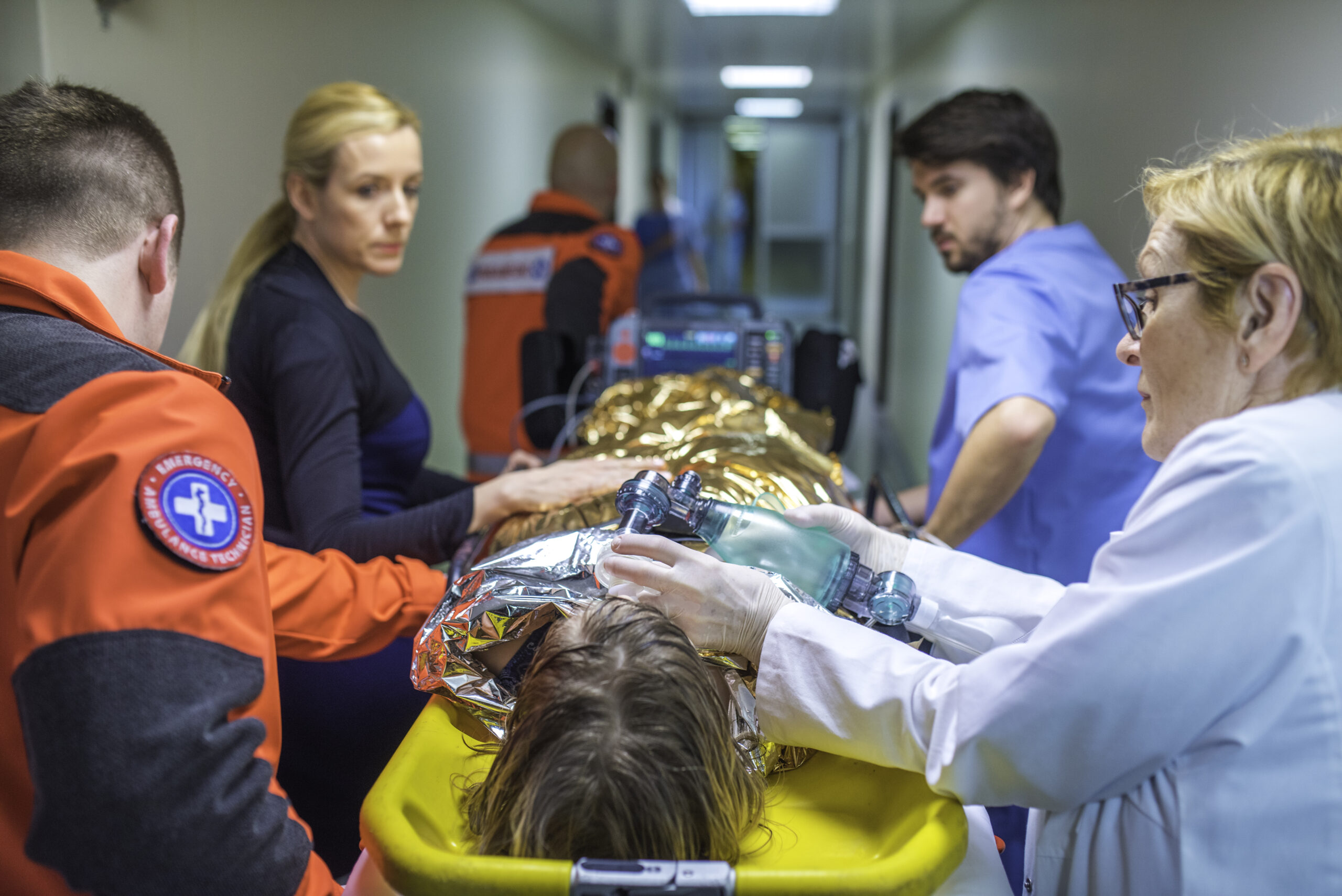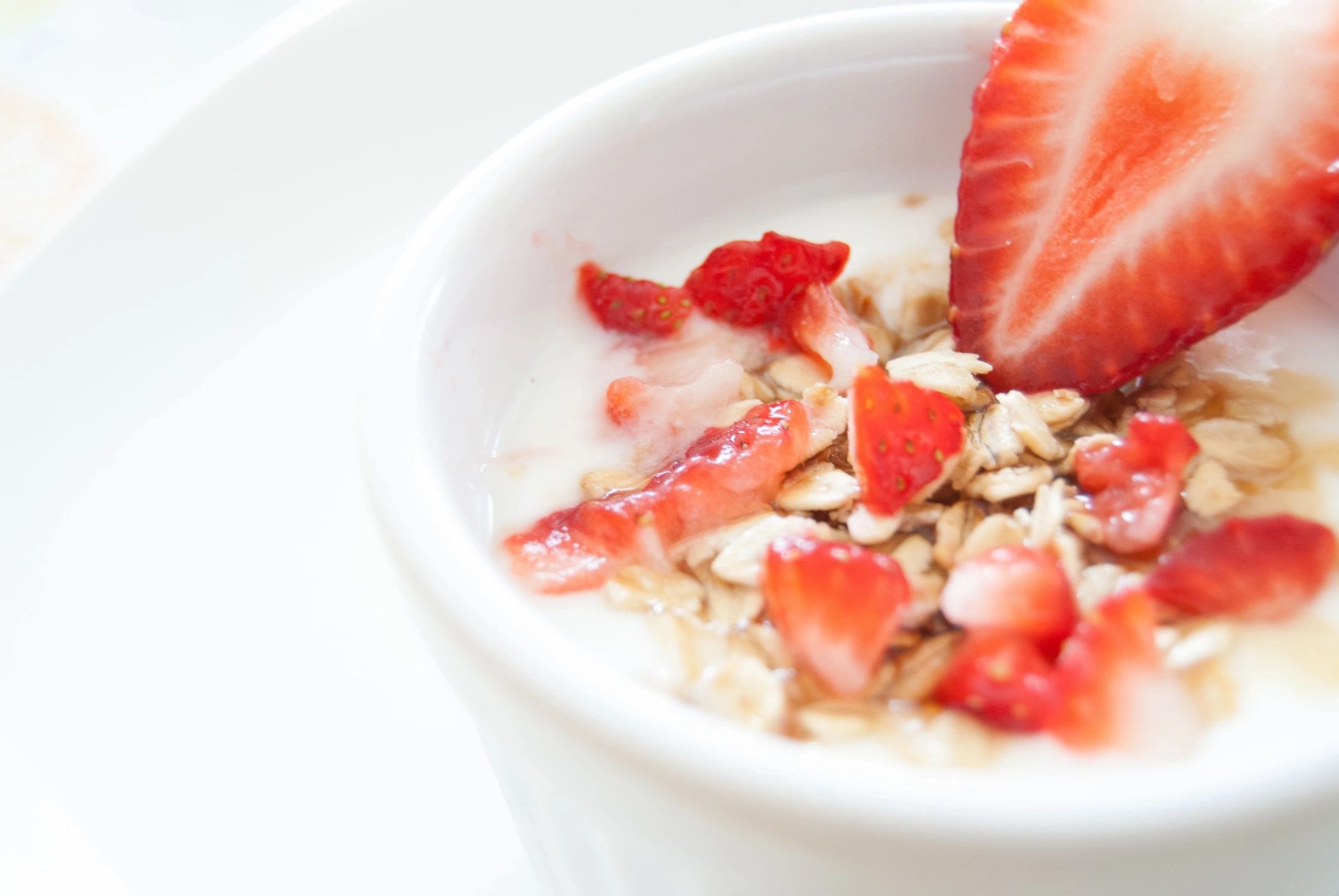Treating Halitosis Caused by H. Pylori
Halitosis, commonly known as bad breath, can be a frustrating and sometimes embarrassing condition affecting millions worldwide. While poor dental hygiene is often to blame, various other health issues, including infections like Helicobacter pylori (H. pylori), can also lead to halitosis. H. pylori is a type of bacteria primarily known for causing stomach ulcers and chronic gastritis, but its influence extends to oral health, contributing to bad breath. This article delves into the connection between H. pylori and halitosis, exploring effective treatments and preventive measures to manage this condition.
H. Pylori: A Culprit Behind Halitosis
H. pylori is a bacterium that can reside in the digestive tract, leading to inflammation and peptic ulcers in the stomach and upper part of the small intestine. Beyond these well-known issues, H. pylori is capable of producing volatile sulfur compounds (VSCs) directly in the stomach, which can be emitted through the breath, resulting in halitosis. The presence of these bacteria in the mouth can also exacerbate the production of VSCs, especially when combined with poor oral hygiene.
Diagnosing Halitosis Linked to H. Pylori
Accurate diagnosis is crucial for effectively treating halitosis caused by H. pylori. Initially, a detailed medical and dental history is taken to rule out more common causes of bad breath such as periodontal disease, poor oral hygiene, dry mouth, or other dental issues. If these factors are not the cause, doctors may recommend testing for H. pylori. Several tests are available, including breath tests, blood tests, stool tests, and endoscopies, to determine if H. pylori is present and contributing to halitosis.
Effective Treatment Strategies
Eradication of H. Pylori
The primary treatment for halitosis when H. pylori is involved is the eradication of the bacteria. This typically involves a combination of antibiotics to kill the bacteria and medications to reduce stomach acid and protect the stomach lining. This treatment not only aims to alleviate the symptoms of peptic ulcers and reduce the risk of gastric cancers but also helps in diminishing halitosis by tackling one of its root causes.
Improving Oral Hygiene
Maintaining excellent oral hygiene is crucial in managing halitosis, whether it is caused by H. pylori or not. Regular brushing and flossing can remove food particles and bacteria that are potential sources of bad breath. It’s also important to clean the tongue, as bacteria that produce sulfur compounds can reside there. Using an antibacterial mouthwash can help reduce the overall bacterial load in the mouth, further minimizing halitosis.
Dietary Adjustments
Certain foods can exacerbate halitosis, and managing your diet can help mitigate bad breath. Reducing the intake of strong-smelling foods like onions and garlic is advisable, as well as decreasing sugar intake, which can fuel the growth of bacteria in the mouth. Additionally, increasing water intake helps keep the mouth moist and encourages the production of saliva, which is nature’s own cleanser for the mouth, helping to wash away food particles and bacteria.
Regular Dental Visits
Regular check-ups with a dentist are essential to maintaining oral health and preventing conditions that could lead to halitosis. A dentist can provide professional cleanings to remove plaque and tartar that are not accessible by brushing and flossing alone. They can also identify and treat periodontal disease early, which is another common cause of bad breath.
Conclusion
Halitosis caused by H. pylori is a treatable condition. By addressing the bacterial infection with appropriate antibiotics and enhancing oral hygiene practices, individuals can significantly improve their quality of life and eliminate bad breath. Awareness of this less commonly known cause of halitosis is important not only for effective treatment but also for preventive care, helping individuals maintain both oral and gastrointestinal health. As with any medical condition, consultation with healthcare professionals is key in developing an effective treatment plan tailored to the individual’s needs.









